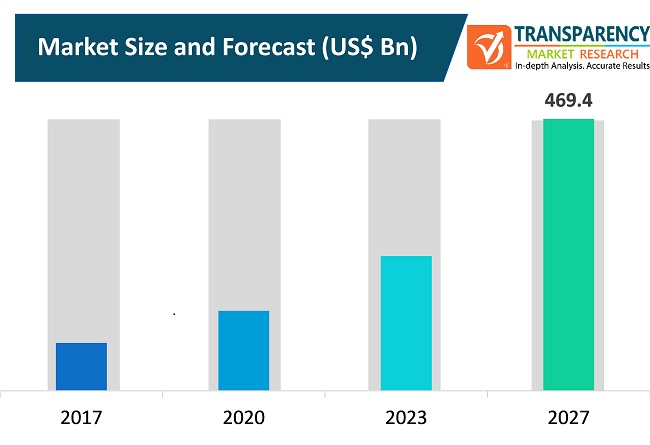
The internet of things has numerous applications in the healthcare, from having smart sensors to medical device integration and remote monitoring. It has the potential to improve the potential of the physicians to deliver care along with keeping patients healthy and safe. Healthcare IoT applications boost the patient engagement and the satisfaction by allowing the patient to spend more time interacting with the doctors. For instance, the devices such as vital signs monitors and infusion pumps were once used as a standalone machines which were attached to the isolated patients. Now they are often tethered to the health systems data networks in order to provide information.
The IoT in healthcare is although not yet in widespread use throughout, but there shall be massive increase in demand for internet of things in this industry in the coming years. This rapid scaling of these technologies is attributed to the declining prices of the devices and reducing the size of the components by making it user friendly and compact to use. Hospitals, healthcare laboratories and pharmacies will use internet of things for inventory management, improving the workflow optimization and medical device integration.
A report by Transparency Market Research (TMR), forecasts the global IoT in healthcare market to be evaluated at US$ 102.8 Bn in 2019. Expanding at a pace of 20.9% CAGR for the 2019-2027 forecast period, the market is estimated to be worth US$ 469.4 Bn by the end of 2027.

Request a sample to get extensive insights into the IoT in Healthcare Market
North America to Continue to hold Supremacy through 2027
North America IoT in healthcare market is expected to dominate throughout the forecast timeline. High technological awareness, increasing investments and adoption of smartphones and government initiatives fulfilling the industry potential is anticipated to drive the market in IoT related services and software. The U.S. is expected to dominate the North America region accounting for above 50% of market share throughout 2019 to 2027 as compared to Canada and Mexico. Hospitals across the region are adopting IoT technologies for monitoring people with long-term or chronic conditions, tracking the patient’s medication and their location through wearable devices.
Europe IoT in healthcare market is expected to have steady growth over the forecast timeframe. As compared to the larger Internet of Things applications, the region has witnessed more possibilities of medical applications as most of the consumer mobile devices are built with radio frequency identification (RFID), near field communication (NFC) tags which allow the devices to share the information with the IT systems. The RFID tags can also be placed on the supplies and medical equipment to aware the hospital staff about the quantities they are having in stock. UK is expected to dominate the European industry followed by the Germany and France and is anticipated to have around 26% market share by 2027.
To understand how our report can bring difference to your business strategy, Ask for a brochure
Asia Pacific is expected to have the highest CAGR from 2019 to 2027. This high growth is attributed from emerging countries such as India, China, Indonesia and Malaysia. Increasing awareness and adoption of internet resulting in high penetration, and declining sensors and modules prices is expected to support the industry growth in the Asia Pacific region. Adoption of technological advancements in emerging economies is anticipated to fuel the industry growth from 2019 to 2027.
The major competitors in the global IoT in healthcare market include
- Royal Philips
- Medtronic
- Cisco
- GE Healthcare
- IBM Corporation
- Qualcomm Inc.
- Honeywell International
- AdhereTech Inc.
- Medtronic Inc.
- Stanley Healthcare.
Read Our Latest Press Release:





